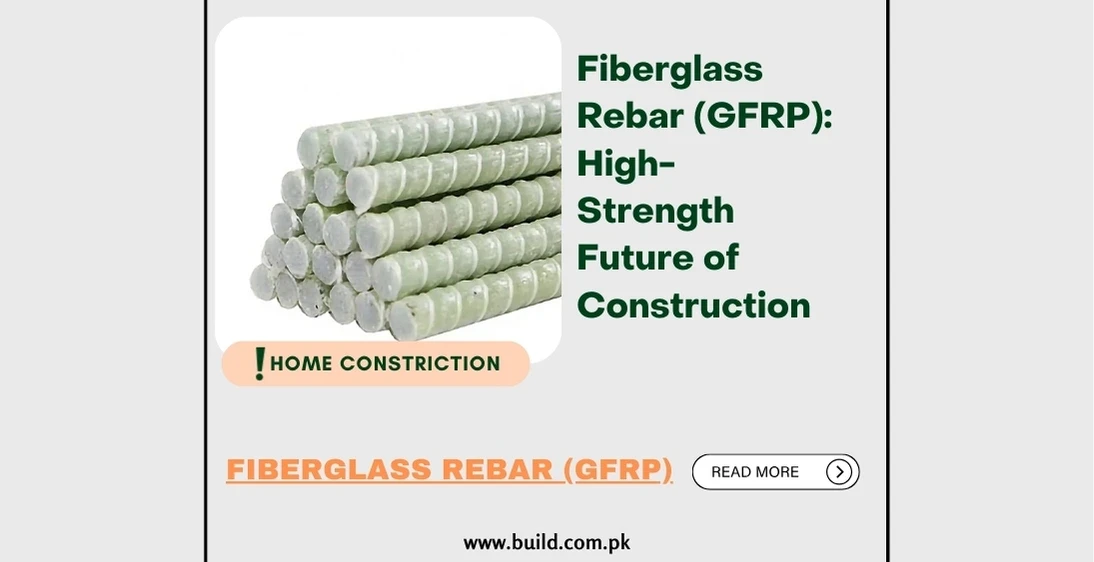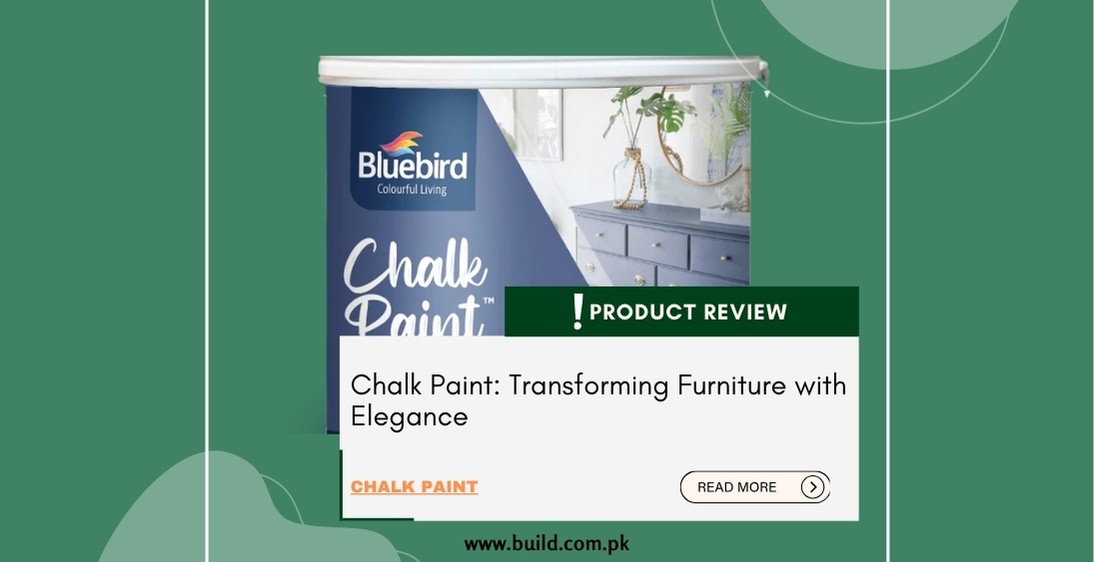Cladding Sheets: Protective Aesthetics and Protection

Introduction:
In architectural design, cladding sheets play a significant role in enhancing the aesthetics, durability, and protection of buildings. Cladding refers to the process of covering the external walls or surfaces of a structure with a protective layer, often composed of various materials such as metal, wood, stone, or composite panels. Cladding sheets offer numerous benefits, including improved insulation, weather resistance, and design versatility. In this comprehensive blog, we will delve into the world of cladding sheets exploring their types, materials, installation methods, advantages, and applications.

Types of Cladding Sheets
Metal Cladding Sheets:
Metal cladding sheets, such as aluminum, steel, or copper, are widely used in modern architecture due to their durability, versatility, and contemporary aesthetic appeal. They can be fabricated into various shapes and sizes, allowing for creative and unique building designs. Metal cladding sheets provide excellent weather resistance, fire resistance, and low maintenance requirements.
Wood Cladding Sheets:
Wood cladding sheets bring a natural and warm aesthetic to buildings, creating a sense of harmony with the surroundings. Common wood species used for cladding include cedar, oak, and pine. Wood cladding sheets offer good insulation properties, sound absorption, and a visually appealing texture. However, they require regular maintenance to preserve their appearance and protect against moisture damage
Stone Cladding Sheets:
Stone cladding sheets, made from natural or engineered stone materials, add a timeless and elegant touch to buildings. Popular stone options include granite, marble, limestone, and slate. Stone cladding sheets provide exceptional durability, resistance to weathering, and can withstand harsh environmental conditions. They require minimal maintenance and offer a long lifespan, making them a preferred choice for high-end residential and commercial projects.
Composite Cladding Sheets:
Composite cladding sheets combine the benefits of different materials, such as wood fibers, plastics, and minerals, to create a versatile and durable cladding solution. Composite sheets offer a wide range of design options, excellent weather resistance, and low maintenance requirements. They are known for their thermal insulation properties, UV resistance, and resistance to rot, mold, and pests.
Advantages of Cladding Sheets
Enhanced Aesthetics:
Cladding sheets provide an opportunity to enhance the visual appeal of buildings, transforing their appearance and creating a striking architectural statement. The availability of various materials, finishes, and colors allows for endless design possibilities.
Weather Protection
Cladding sheets act as a protective barrier, shielding the building from external elements such as rain, wind, UV radiation, and temperature fluctuations. This helps to preserve the integrity of the structure and improve its longevity
Insulation and Energy Efficiency:
Certain types of cladding sheets, such as composite panels with insulation backing, contribute to improved thermal performance and energy efficiency. They help to regulate indoor temperatures, reduce heat loss, and lower energy consumption.
Structural Integrity:
Cladding sheets provide an additional layer of structural support and stability to the building. They can help distribute loads, reinforce the walls, and enhance the overall strength of the structure.
Low Maintenance:
Cladding sheets are designed to be durable and low maintenance, requiring minimal upkeep over time. Regular cleaning and occasional inspections are typically sufficient to maintain their appearance and functionality.
Applications of Cladding Sheets
Cladding sheets find applications in various architectural projects, including:
Residential Buildings:
Cladding sheets are used in residential construction to enhance the façade, improve insulation, and add visual interest to homes.
Commercial Buildings:
From office complexes to retail spaces, cladding sheets offer a modern and professional appearance while providing protection and insulation.
Institutional Buildings:
Educational institutions, healthcare facilities, and government buildings can benefit from cladding sheets by enhancing their aesthetics durability, and energy efficiency.
Industrial Buildings:
Cladding sheets are utilized in industrial structures, warehouses, and manufacturing facilities to provide weather resistance and protect against harsh environmental conditions.
Hospitality and Entertainment:
Hotels, resorts, and entertainment venues often incorporate cladding sheets to create a visually appealing and inviting ambiance for guests.
Retail Spaces:
Cladding sheets are used in shopping malls, storefronts, and commercial complexes to create a modern and attractive exterior that attracts customers.
Installation and Maintenance
The installation process of cladding sheets varies depending on the material and design. It is essential to engage experienced professionals or contractors familiar with cladding installation techniques to ensure proper installation and adherence to building codes and regulations.
Regular maintenance is crucial to preserve the appearance and functionality of cladding sheets. Cleaning methods may vary based on the material used, and it is essential to follow manufacturer guidelines. Routine inspections should be conducted to identify any damage, such as cracks, loose panels, or signs of deterioration, which should be addressed promptly to prevent further issues.
Availability and Pricing
Cladding sheets are available from various suppliers and manufacturers in Pakistan. Local building material stores, construction supply outlets, and specialized cladding suppliers are good sources for purchasing cladding sheets. Additionally, online platforms provide a convenient way to explore options, compare prices, and access a wide range of cladding materials.
The pricing of cladding sheets can vary depending on factors such as material type, quality, size, and design complexity. It is advisable to obtain quotes from different suppliers and consider the long-term benefits and durability of the chosen material rather than solely focusig on upfront costs.
Conclusion:
Cladding sheets offer an array of benefits in terms of aesthetics, protection, and insulation for buildings. Whether you prefer the sleek and modern look of metal cladding, the natural beauty of wood cladding, the timeless elegance of stone cladding, or the versatility of cmposite cladding there are numerous options available to suit your design preferences and functional requirements.









